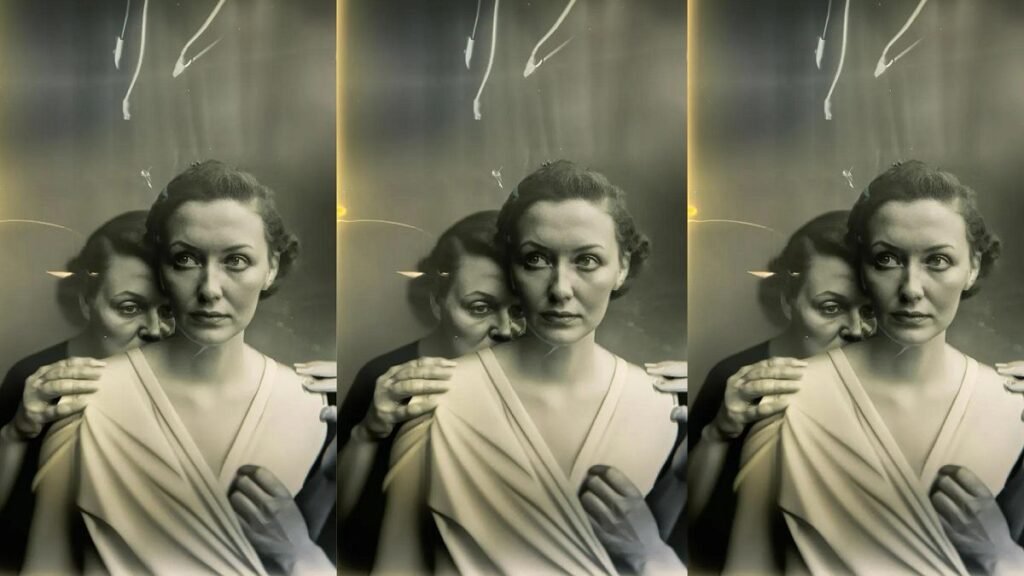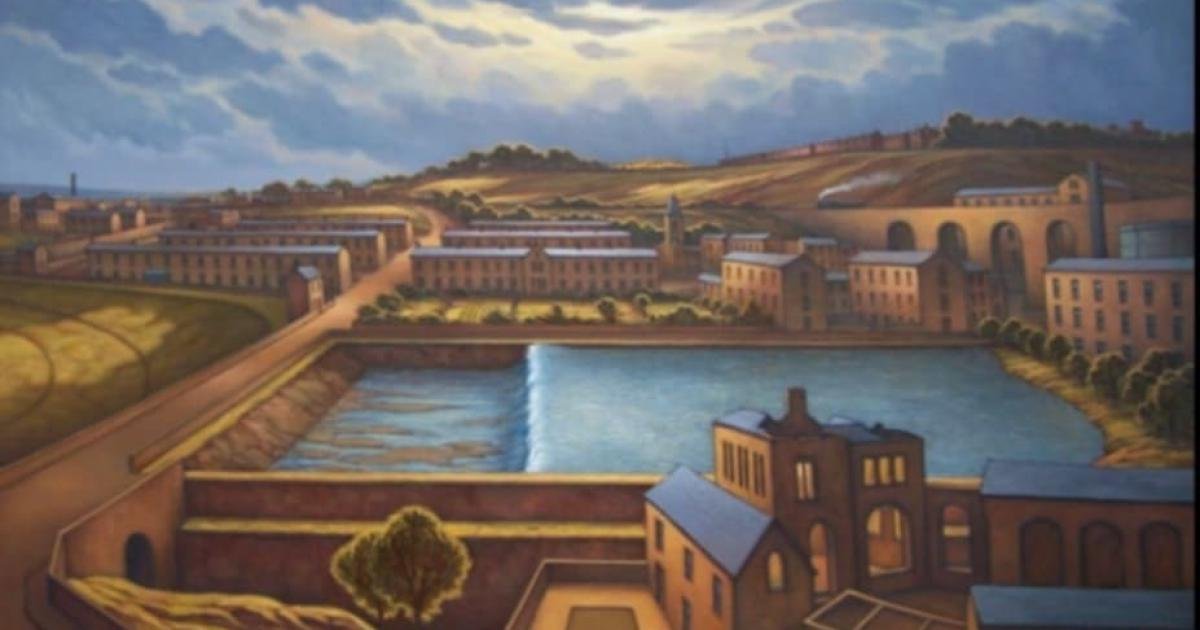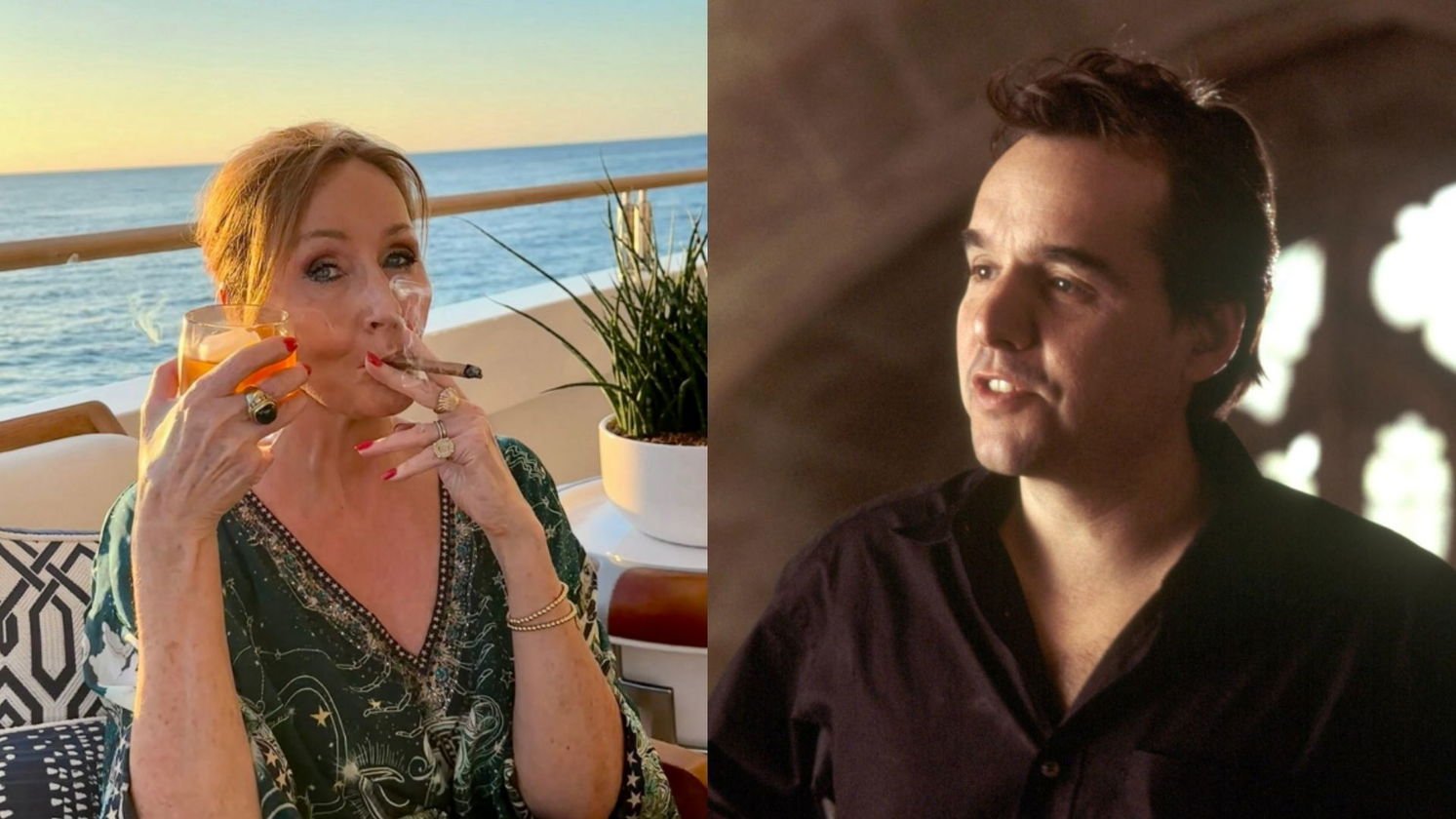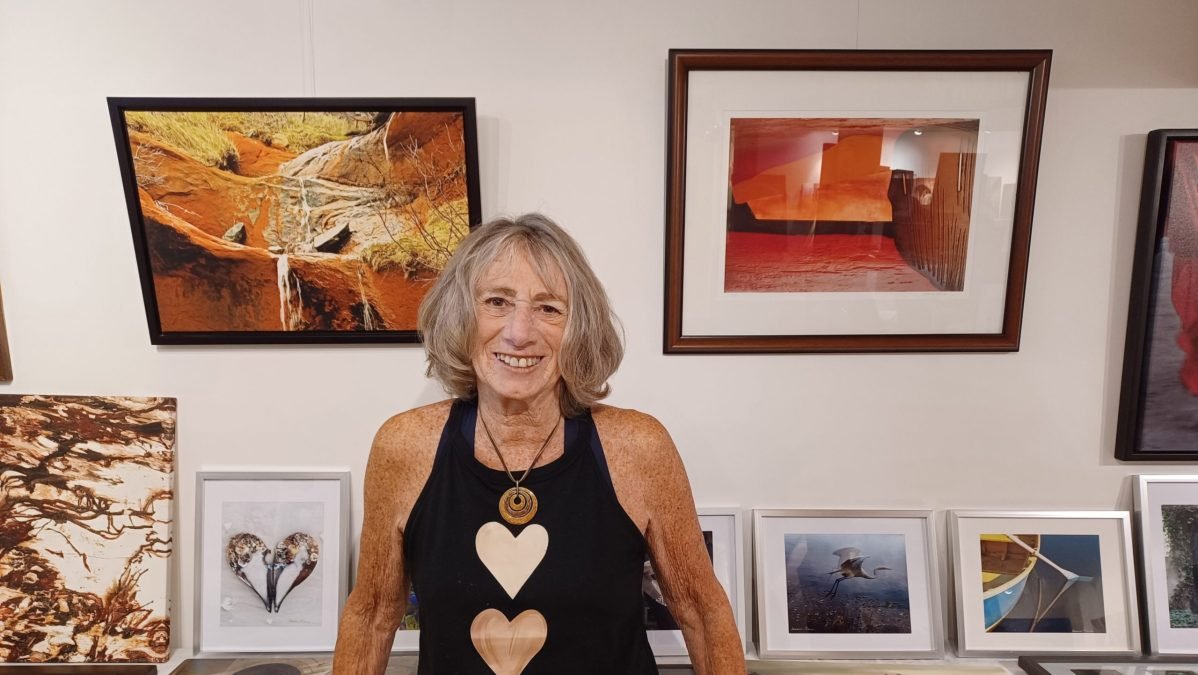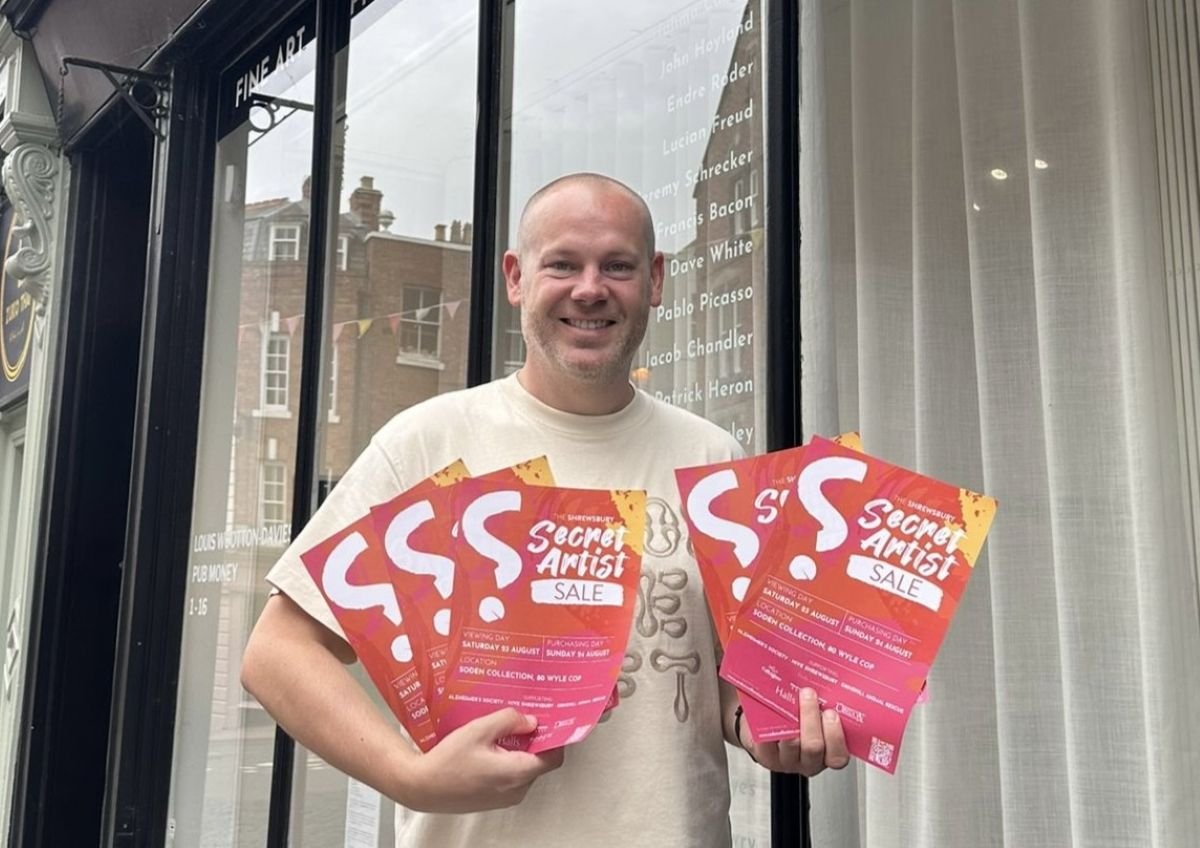In 2023, Boris Eldagsen revealed that he won a prestigious photography award by submitting an AI-generated image. Now, a London gallery is putting on an exhibition of his work to demonstrate the power of AI in art.
Not long after the Sony World Photography Award Creative Category winner was announced last year, the victor came clean with a surprising revelation. German photographer Boris Eldagsen admitted that his first prize-winning photograph ‘The Electrician’ was actually an AI-generated image.
Eldagsen had created the image using the popular AI-image creating tool DALL-E 2. He turned down the prize, citing his motivation for entering to see if “competitions are prepared for AI images. They are not.”
A year on from his famous refusal, the Palmer Gallery in London is hosting an exhibition of his and other artists’ works to demonstrate the ways art and AI are being used together.
‘Post-Photography: The Uncanny Valley’ features the works of Eldagsen alongside artists Nouf Aljowaysir and Ben Millar Cole. Eldagsen is exhibiting ‘The Electrician’ as part of a series of photography works that blend natural imagery with the synthetic.
Saudi-born and New York-based artist and design technologist Aljowaysir has examined the biases in AI-image creation in her work Ana Min Wein: Where am I from?, to recover her Saudi Arabian and Iraqi lineage from more the stereotypes AI tools rely upon.
British artist Millar Cole’s work toys with the now-publicly understood telltale signs of AI-doctored images and blurs that line with more sophisticated imagery, to create an uncannily off image.
“The artists in the exhibition engage with the current possibilities of creative collaboration with AI tools, harnessing the unique affordances brought on by the various technologies, whilst thinking about their implications,” says AI-art curator Luba Elliott.
“Image recognition tools highlight the imperfection of the machine gaze, whereas photorealistic text-to-image models focus on portraying our collective imagination down to the smallest detail, with the prompt engineer at the steering wheel – taking the viewer to the next stage of art history,” Elliott continues.
The term “uncanny valley” was first invented in 1970 by Japanese robotics professor Masahiro Mori. He described it as the way that humans will increasingly empathise with anthropomorphous-robots until a threshold when they become too humanlike and we find them unsettling.
As a concept, the uncanny was popularised by psychologists Ernst Jentsch and Sigmund Freud in their description of how familiar things can become strange when they present themselves as a facsimile of another part of ordinary life – they used dolls as a primary example.
The case against
While the Palmer Gallery is embracing a dialogue between AI and contemporary artists, other artists have been less willing to engage with the controversial technology.
Earlier this month, over 200 musicians signed an open letter from Artist Rights Alliance calling on artificial intelligence tech companies, developers, platforms, digital music services and platforms to stop using AI “to infringe upon and devalue the rights of human artists.”
Signatories of the letter included: Stevie Wonder, Robert Smith, Billie Eilish, Nicki Minaj, R.E.M., Peter Frampton, Jon Batiste, Katy Perry, Sheryl Crow, Smokey Robinson, and the estates of Bob Marley and Frank Sinatra.
While the full letter did acknowledge the value that AI could bring to areas of art, it was primarily concerned with the way non-creatives will rely on these nascent tools to further undermine the value of human creativity.
“Unchecked, AI will set in motion a race to the bottom that will degrade the value of our work and prevent us from being fairly compensated for it,” the letter writes. “This assault on human creativity must be stopped. We must protect against the predatory use of AI to steal professional artists’ voices and likenesses, violate creators’ rights, and destroy the music ecosystem.”
Similarly, Australian musician Nick Cave has spoken out against AI’s influence on art. When sent the lyrics to a ChatGPT generated impression of his work, he responded vociferously.
“Songs arise out of suffering, by which I mean they are predicated upon the complex, internal human struggle of creation and, well, as far as I know, algorithms don’t feel. Data doesn’t suffer. ChatGPT has no inner being, it has been nowhere, it has endured nothing, it has not had the audacity to reach beyond its limitations, and hence it doesn’t have the capacity for a shared transcendent experience, as it has no limitations from which to transcend.”
“ChatGPT’s melancholy role is that it is destined to imitate and can never have an authentic human experience, no matter how devalued and inconsequential the human experience may in time become,” Cave said.
During last year’s Writers Guild of America (WGA) strike that demanded restrictions on the use of AI to replace creative work, I also wrote against the over-valuation of AI’s talents: “The real human experiences that inspire art is what makes us fall in love with them. AI may be increasingly accurate at capturing an artist’s aesthetic, but that’s only skin-deep. It may be a useful tool for many aspects of an artist’s career, but it could never replace an artist entirely.”

